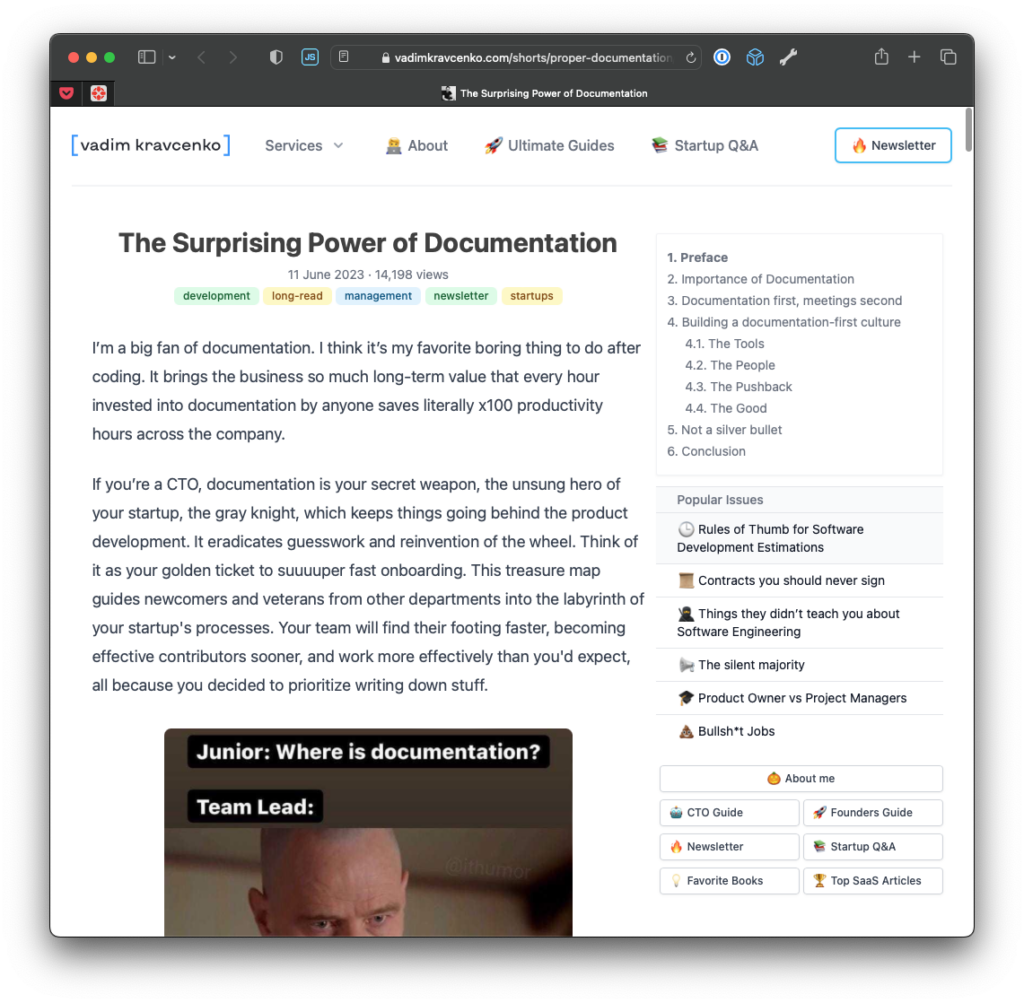Back in June, I wrote an article called Living Deeply, Writing Broadly and tagged it under TDL. I haven’t done much with that particular tag since writing that post, though.
Earlier this week, a close friend sent me the following text (with some context removed for the sake of keeping it concise):
Clear writing gives poor thinking nowhere to hide. A lack of understanding, which was previously invisible, becomes suddenly visible. You can’t simply take a few minutes here and there, get the gist of the problem, and expect to have clear writing. It doesn’t work that way.
How to Think Better: The Skill You’ve Never Been Taught
Not so long ago I used to write daily even if it wasn’t for this site. I’d write in a journal or in a notebook or a field guide just to get some thoughts done.
Not everything worth writing is necessarily worth publishing, but perhaps nearly everything deserving of serious consideration is worth putting into writing. At least in terms of working on or working out an idea.
Couple that with a recent podcast from Cal Newport in which he breaks down what he calls The Deep Life Stack along with many of the things I’ve been working to practice in my day-to-day for the last couple of years and you have somewhat of a structure for how I’ve been trying to organize this particular phase – or season, as some say – of my life.
If you listen to any of Newport’s podcasts or any others that talk about this type of stuff, they often cite a case study or multiple case studies throughout their episodes or book. So why not take the material I’m learning and turn myself into my own case study?
Continue reading

